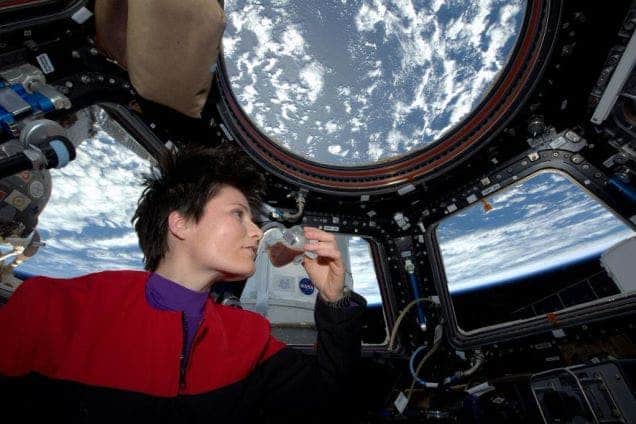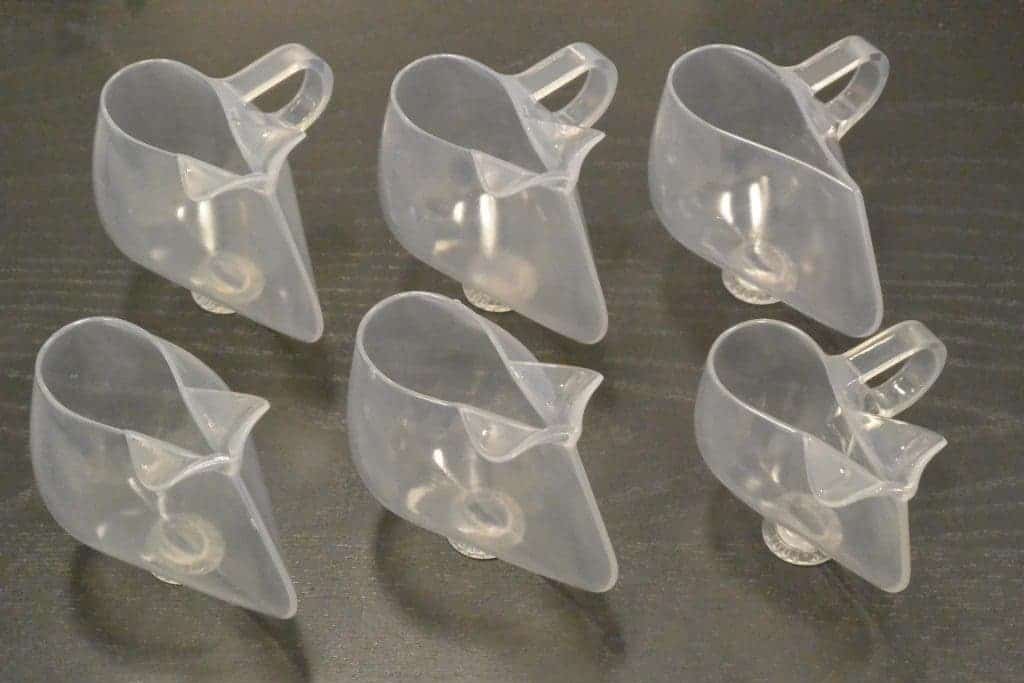Yesterday, Samantha Cristoforetti sipped the first coffee brewed in space using the newly delivered micro-gravity espresso machine. How befitting that the first espresso in space was made by an Italian. Living in space thus got a lot pleasant, but there’s a lot more to this than just making life more enjoyable for the astronauts aboard the International Space Station. Along with the espresso machine, six carefully crafted coffee mugs were also supplied. Previously, to consume liquids astronauts had to suck them out of a plastic bag. The new 3-D printed, transparent jugs behave more like a coffee mug in normal Earth gravity. Exploiting capillary flow, the mugs have a sharp inner corner that allows the liquid to be pushed along the inside of the cup and towards the astronaut’s lips.

By studying how complex liquids like sugared tea or espresso behave in various containers, scientists back on Earth can improve essential fluid systems on the ISS or possibly man-ferrying interplanetary spacecraft. Such systems include ventilation, water coolants, oxygen supply, toilets and more.
[ALSO SEE] What gives coffee its distinct color and flavor







